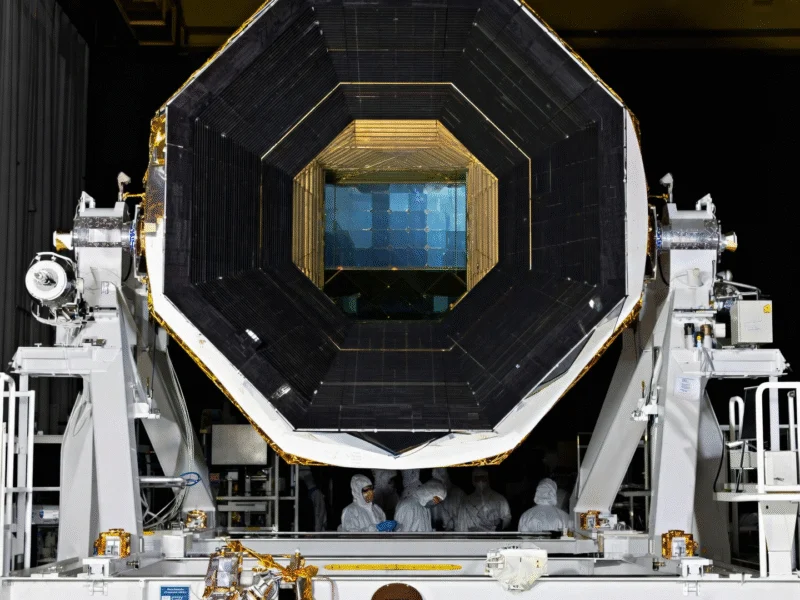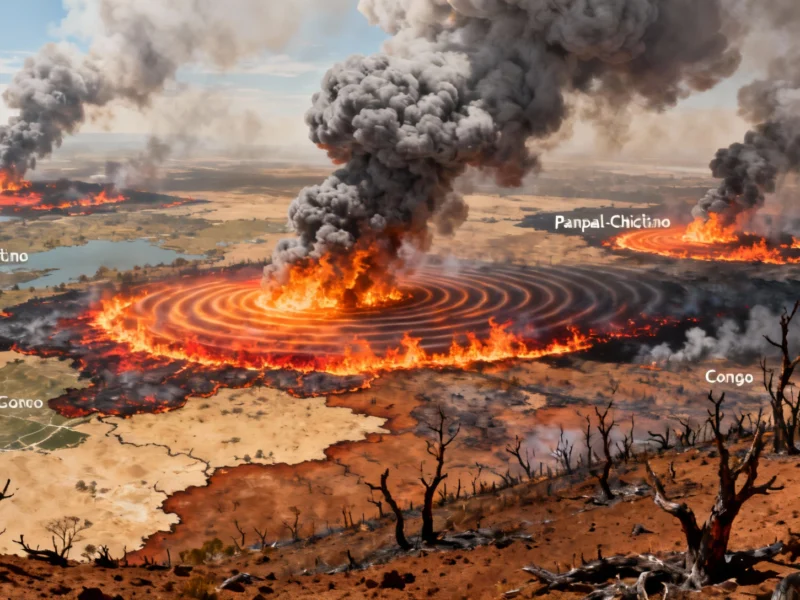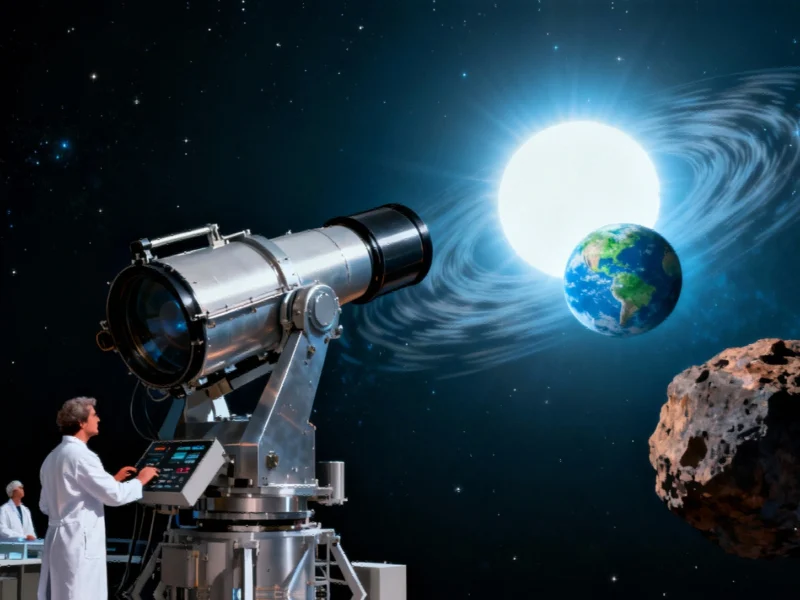Potential Cosmic Breakthrough
NASA’s James Webb Space Telescope appears to have identified what astronomers are calling “dark stars” – primordial celestial objects fundamentally different from conventional stars, according to research published in the Proceedings of the National Academy of Sciences. These theoretical objects would be composed primarily of hydrogen and helium but powered by dark matter annihilation rather than nuclear fusion.
Revolutionary Stellar Concept
Unlike the fusion-powered stars dominating our current universe, dark stars would represent an entirely different class of celestial body. Detailed analysis shows these objects could have existed in the very early universe, potentially explaining some anomalous observations that have puzzled astronomers. The theoretical framework suggests dark stars could grow to enormous sizes, possibly millions of times more massive than our Sun.
Observational Evidence
The potential identification comes from careful examination of distant light sources that exhibit characteristics inconsistent with conventional stellar models. Industry reports suggest these objects show spectral signatures that align with dark matter annihilation models rather than nuclear fusion processes. This discovery could fundamentally reshape our understanding of stellar evolution and early universe formation.
Scientific Implications
If confirmed, dark stars would represent the first direct evidence of dark matter playing a constructive role in cosmic structure formation. Recent economic analyses highlight how such fundamental discoveries often drive technological innovation across multiple sectors. The finding could also explain the rapid formation of supermassive black holes that have been observed in the early universe.
Future Research Directions
Astronomers are now planning follow-up observations to verify these initial findings. Global scientific collaboration will be essential for confirming these results, while advanced monitoring technologies may provide additional verification methods. The research team emphasizes that while the evidence is compelling, additional data is needed to conclusively demonstrate the existence of these exotic stellar objects.
Broader Context
This potential discovery comes amid significant advancements in space observation technology. Recent technological developments in data processing and telescope capabilities have enabled researchers to probe deeper into cosmic history than ever before. The James Webb Space Telescope continues to deliver unprecedented insights into the early universe, potentially revolutionizing multiple fields of astrophysics.



